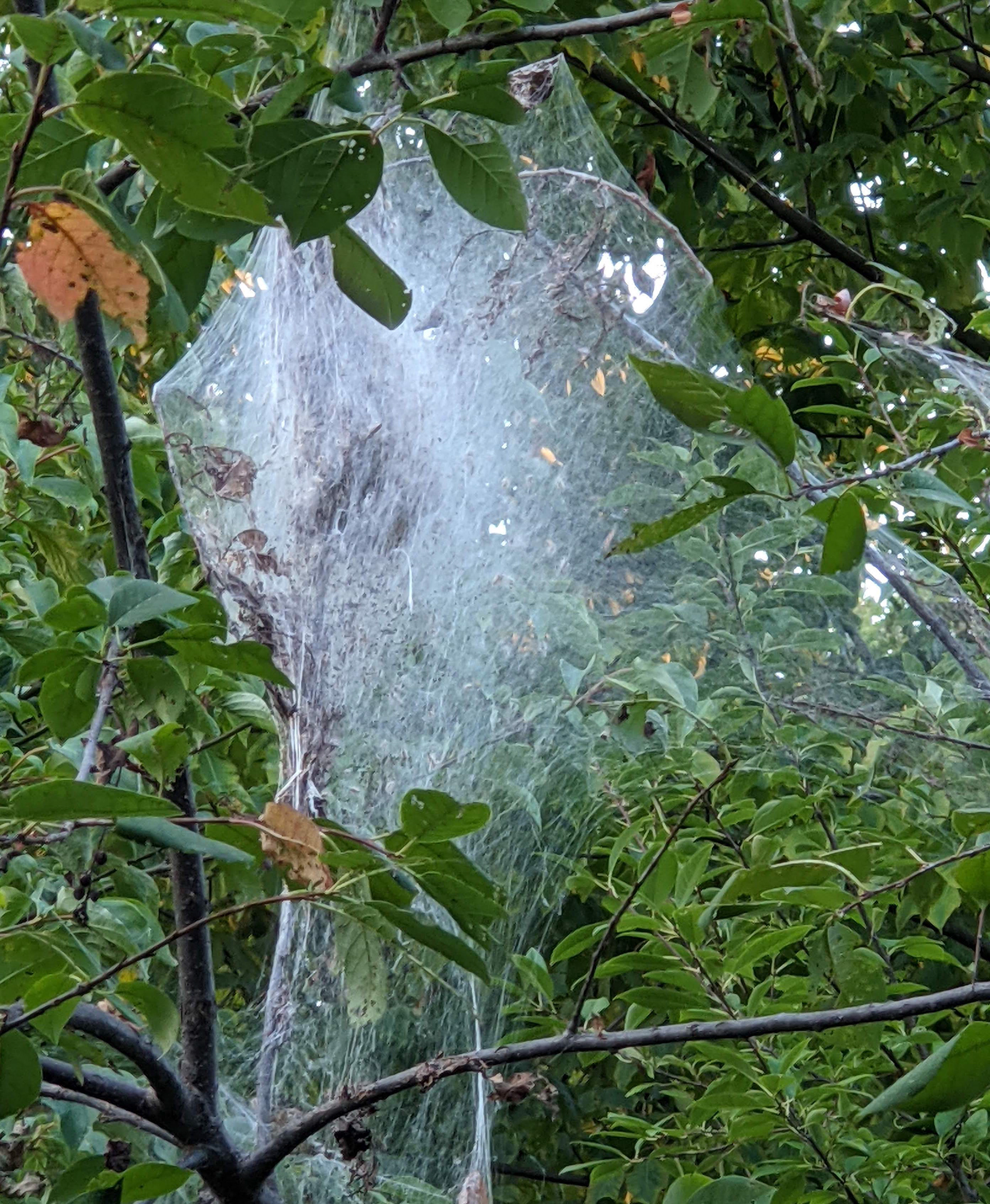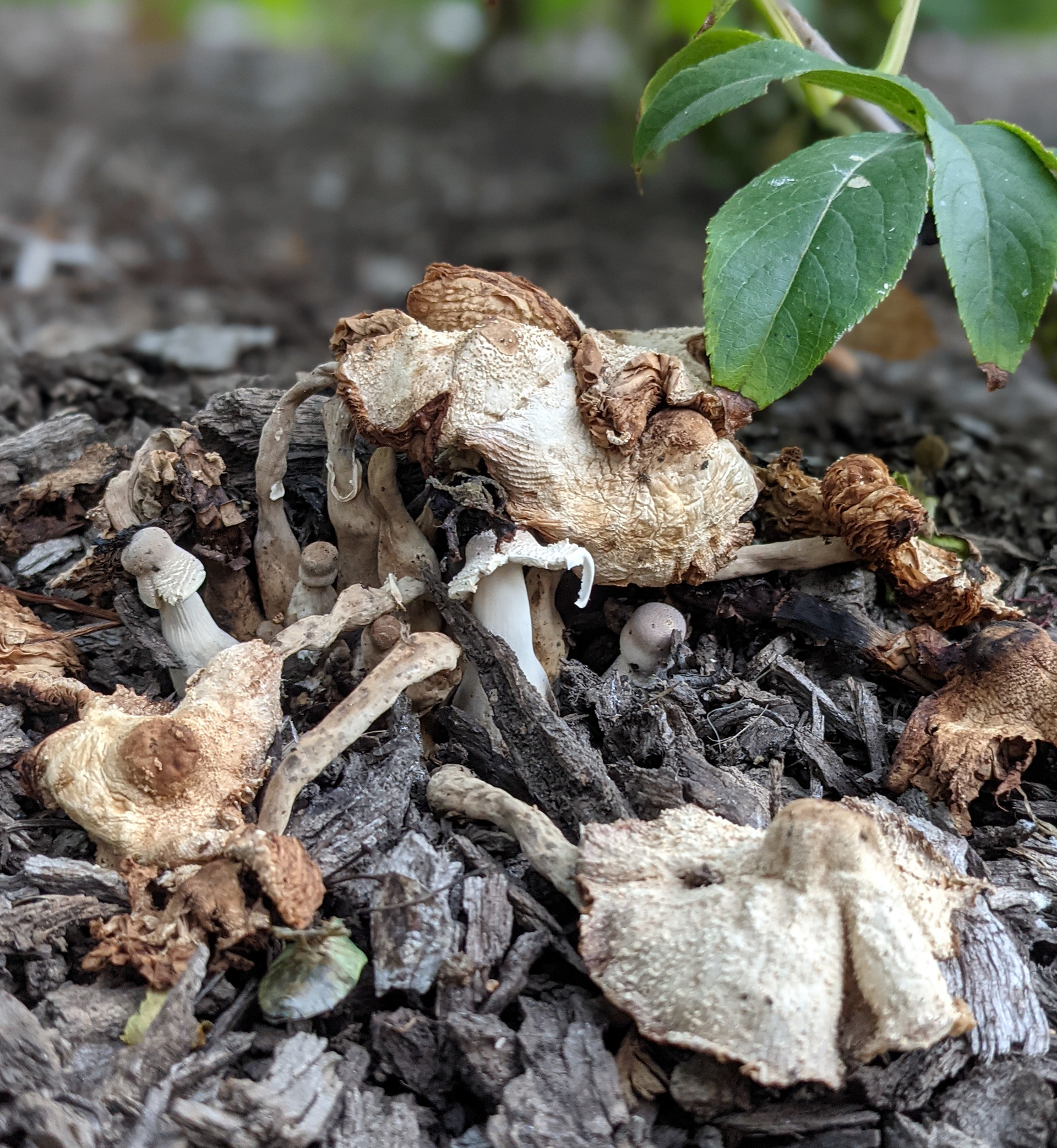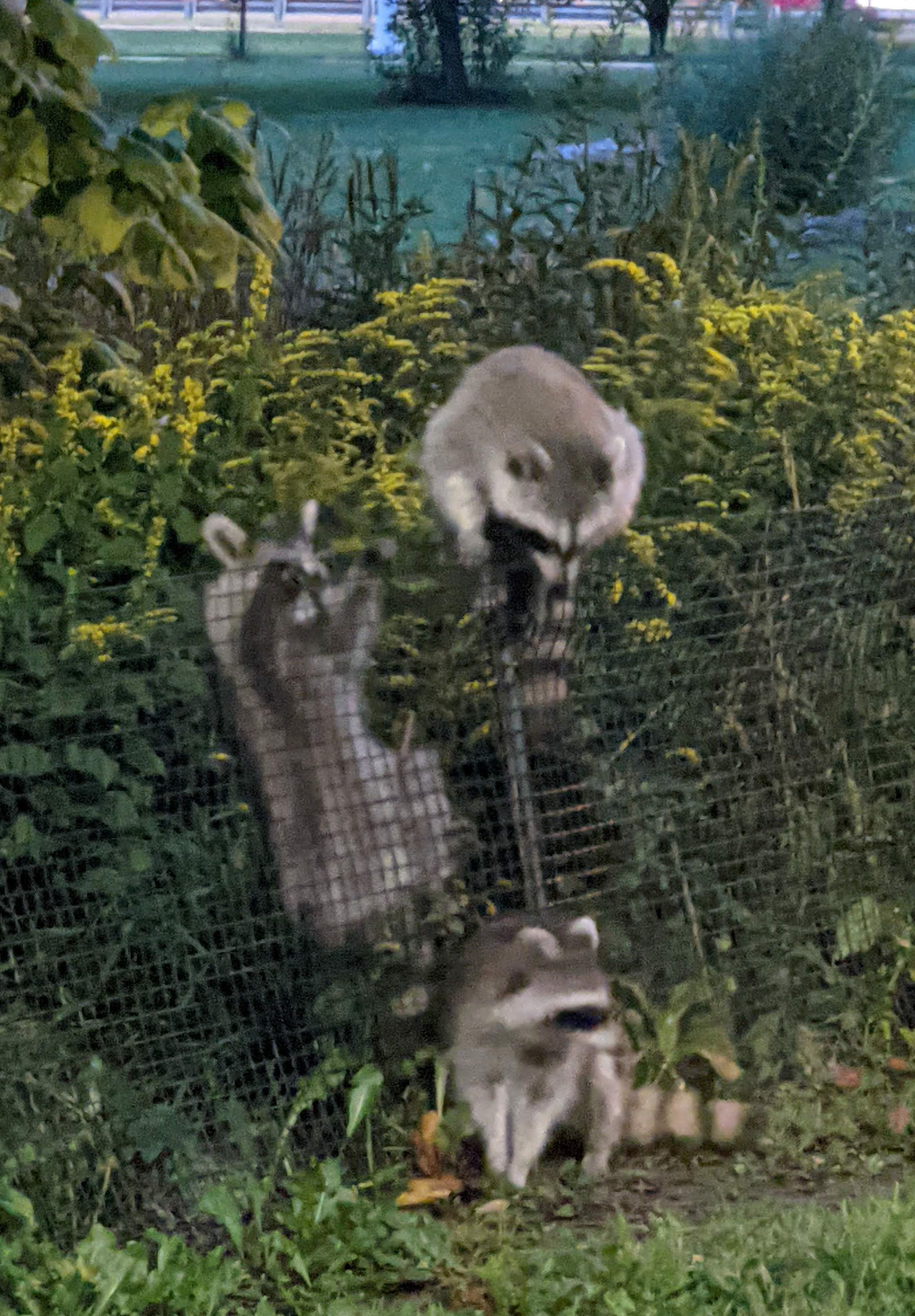Date:
8/30/21, 6:15 - 7:45pm
8/30/21, 6:15 - 7:45pm
Location:
Bill Jarvis Bird Sanctuary (Chicago, IL)
Bill Jarvis Bird Sanctuary (Chicago, IL)
Conditions:
Clear skies, around 80° and gradually cooler as the sun went down.
Fairly still, lots of flying insects and more mosquitoes than usual.
Clear skies, around 80° and gradually cooler as the sun went down.
Fairly still, lots of flying insects and more mosquitoes than usual.
Focus:
Observing nature as a designer
Observing nature as a designer
This bird sanctuary near my home is a natural area I have visited often in the last several months. After repeated frequent visits, I know I can reliably spot something new or changed each time. This time I hoped to return to familiar spots and focus on specific organisms in greater detail, in order to spot differences or noticeable patterns.
Observations:
I have visited the Bill Jarvis Bird Sanctuary in Lincoln Park periodically over the years, but much more over the last several months of the pandemic. It's a largely fenced-in protected area, with paths winding around the main sanctuary and throughout the surrounding area, which has been restored with native plants. Over the course of spring and summer I have been able to see and notice differences in its overall appearance and the activity happening there, even compared to a couple weeks prior, making this area a good spot for finding patterns to observe in greater detail.
Initially, the first things I observed were changes that seem to be associated with both the time of day and time in the season. While it was still lush and green with a lot of flowering plants, certain plants had been eaten away by insects, and there was more decay and relatively fewer wildlife sightings compared to previous weeks when I would see numerous bird species, bees, and butterflies in abundance, as well as raccoons and squirrels. This late in the season, it’s likely that some of the migratory bird species have started to leave the area - and though flying insects were out in droves, there was a noticeably different feel of less bustling life and activity overall.
However, waiting long enough til after sunset allowed the opportunity to see things come alive again. I started seeing dozens of chimney swifts circling overhead, feeding on flying insects. Raccoons started to emerge from the fenced area to forage around the parking lot. I noticed moths pollinating flowers - a rare sight, as I’m used to seeing them as pests flying near lights in developed areas. This led to my main takeaway of the evening to simply be the pattern of shifting activity that begins to happen at dusk. Though I may have been aware that dawn and dusk are when many species come out to hunt or forage, it’s rare that I am in a place to observe this at the right time, let alone really stop to notice all that’s happening, and think about the interconnectivity of all elements involved (insects, birds, the amount of light, the temperature, the humidity, the presence of humans, etc.). It is a good reminder when gathering information or researching user behavior, for instance, to consider how factors like different times of day or external influences may influence actions.
(future client/colleague in UX research, design research)





